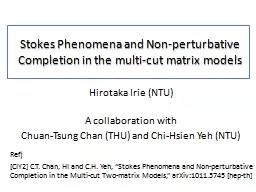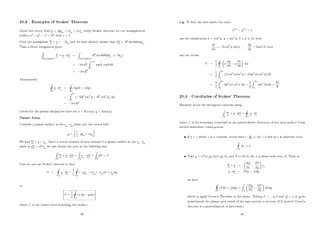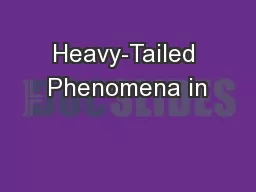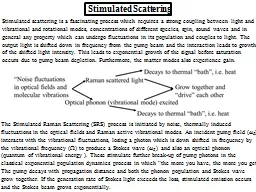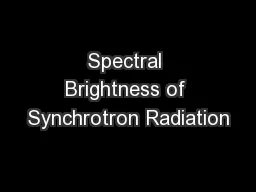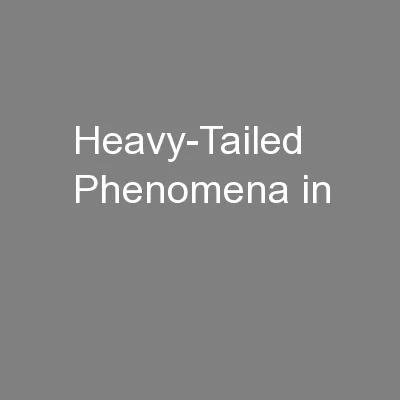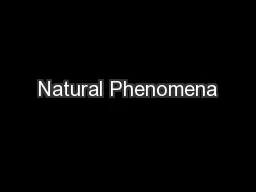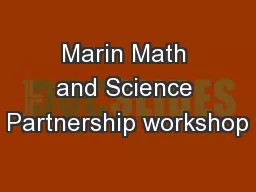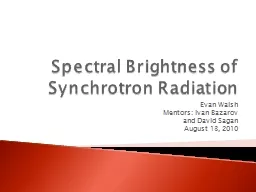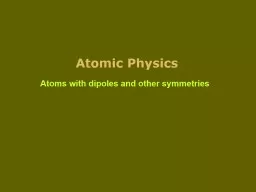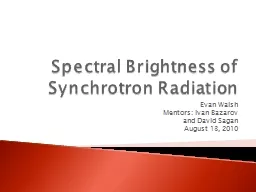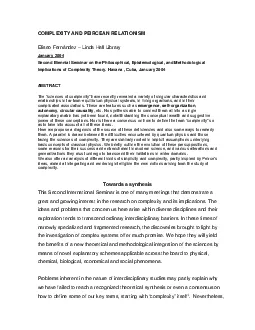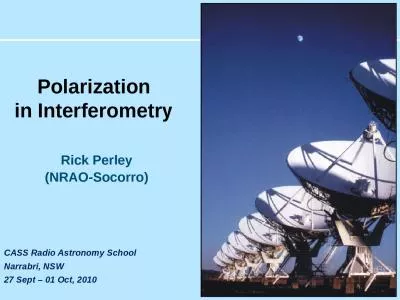PPT-Stokes Phenomena and Non-
Author : lois-ondreau | Published Date : 2017-06-09
perturbative Completion in the multicut matrix models Hirotaka Irie NTU A collaboration with Chuan Tsung Chan THU and Chi Hsien Yeh NTU Ref CIY2 CT Chan HI and
Presentation Embed Code
Download Presentation
Download Presentation The PPT/PDF document "Stokes Phenomena and Non-" is the property of its rightful owner. Permission is granted to download and print the materials on this website for personal, non-commercial use only, and to display it on your personal computer provided you do not modify the materials and that you retain all copyright notices contained in the materials. By downloading content from our website, you accept the terms of this agreement.
Stokes Phenomena and Non-: Transcript
Download Rules Of Document
"Stokes Phenomena and Non-"The content belongs to its owner. You may download and print it for personal use, without modification, and keep all copyright notices. By downloading, you agree to these terms.
Related Documents

